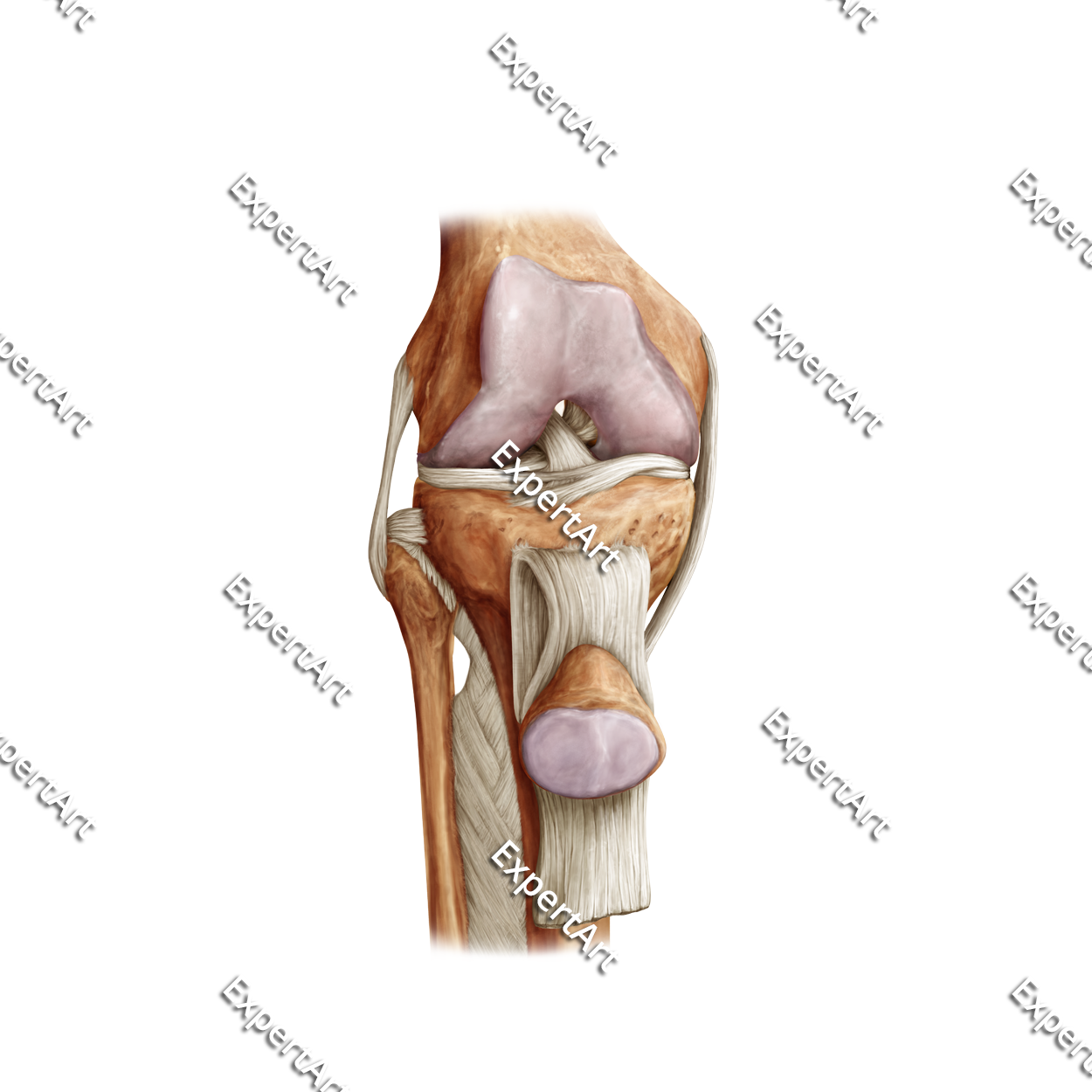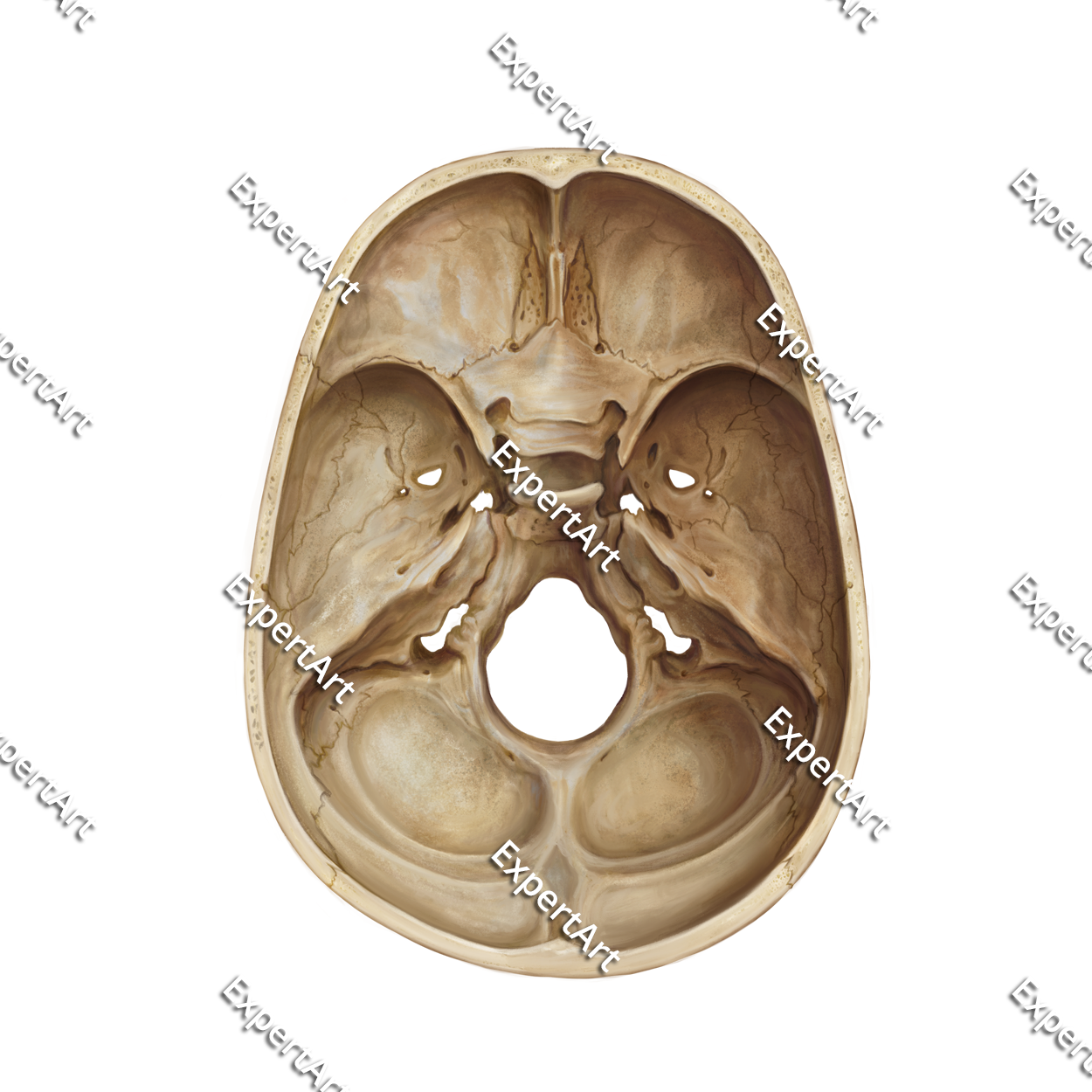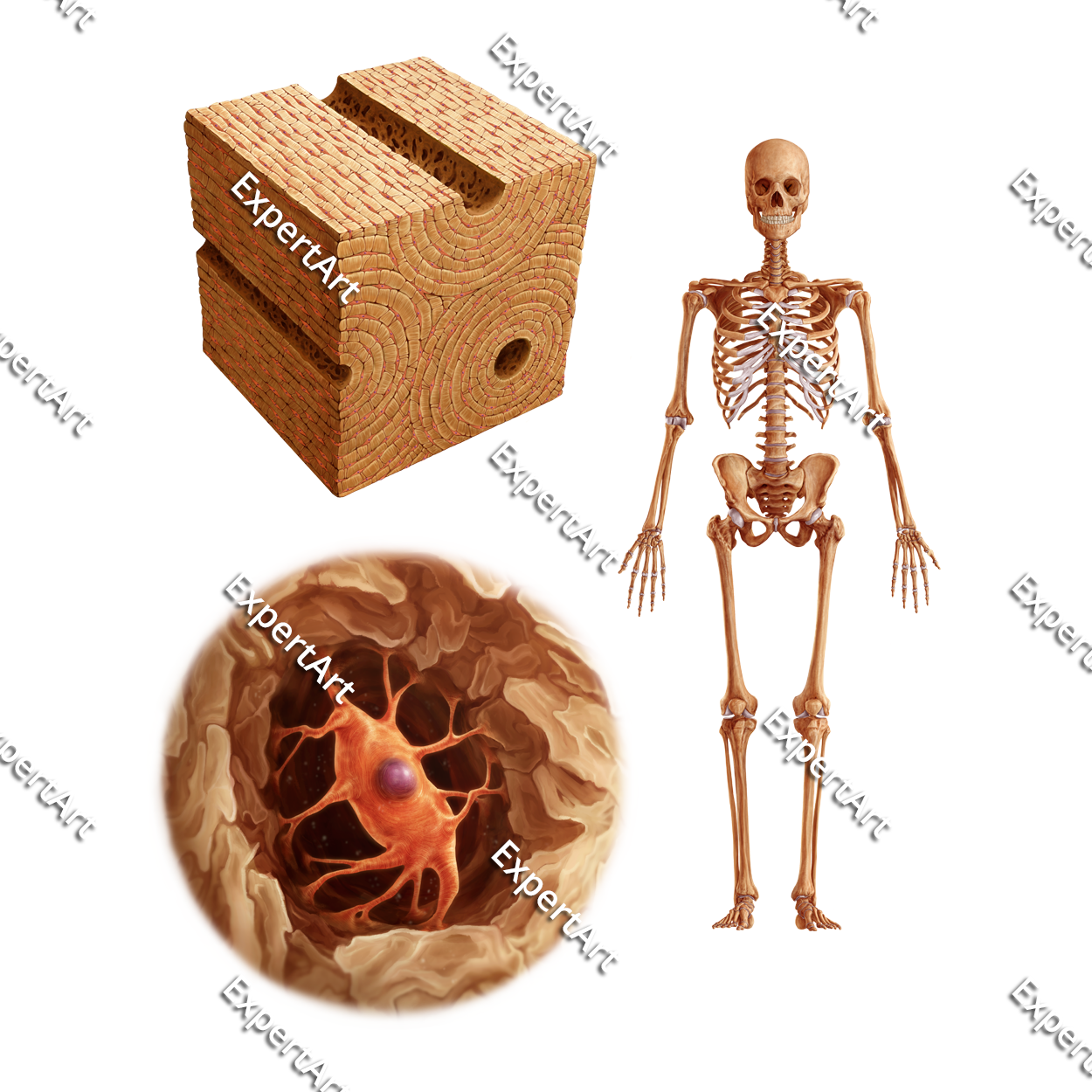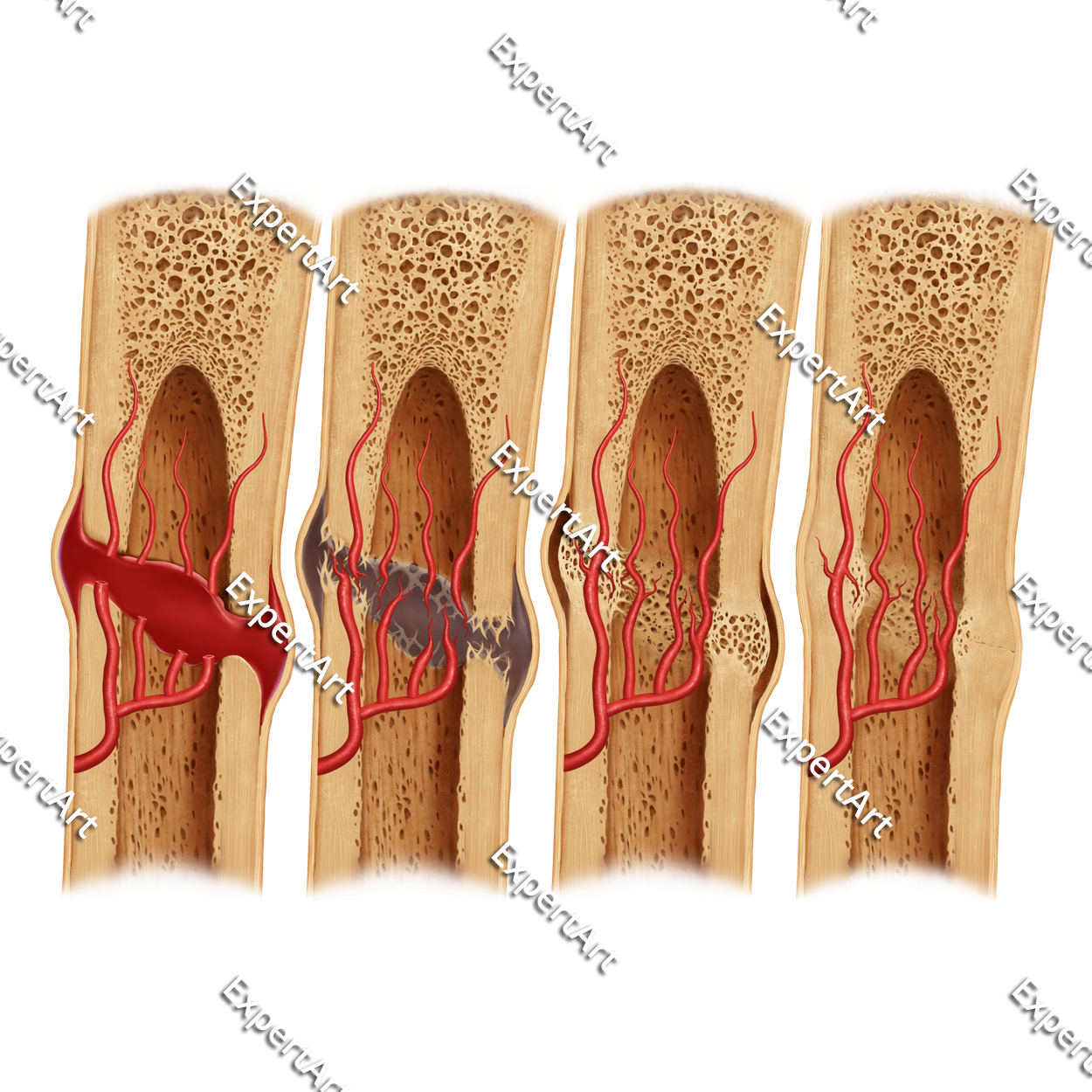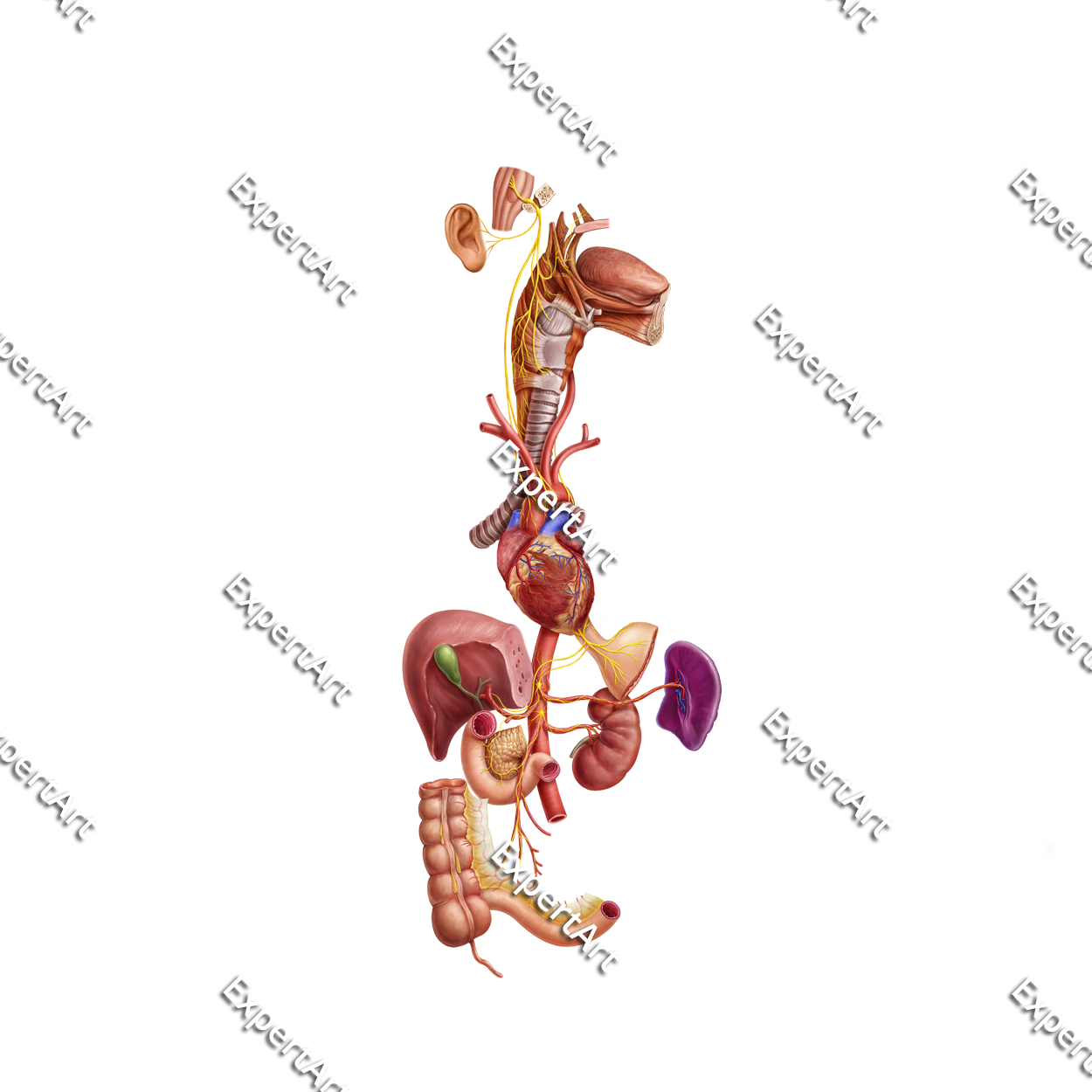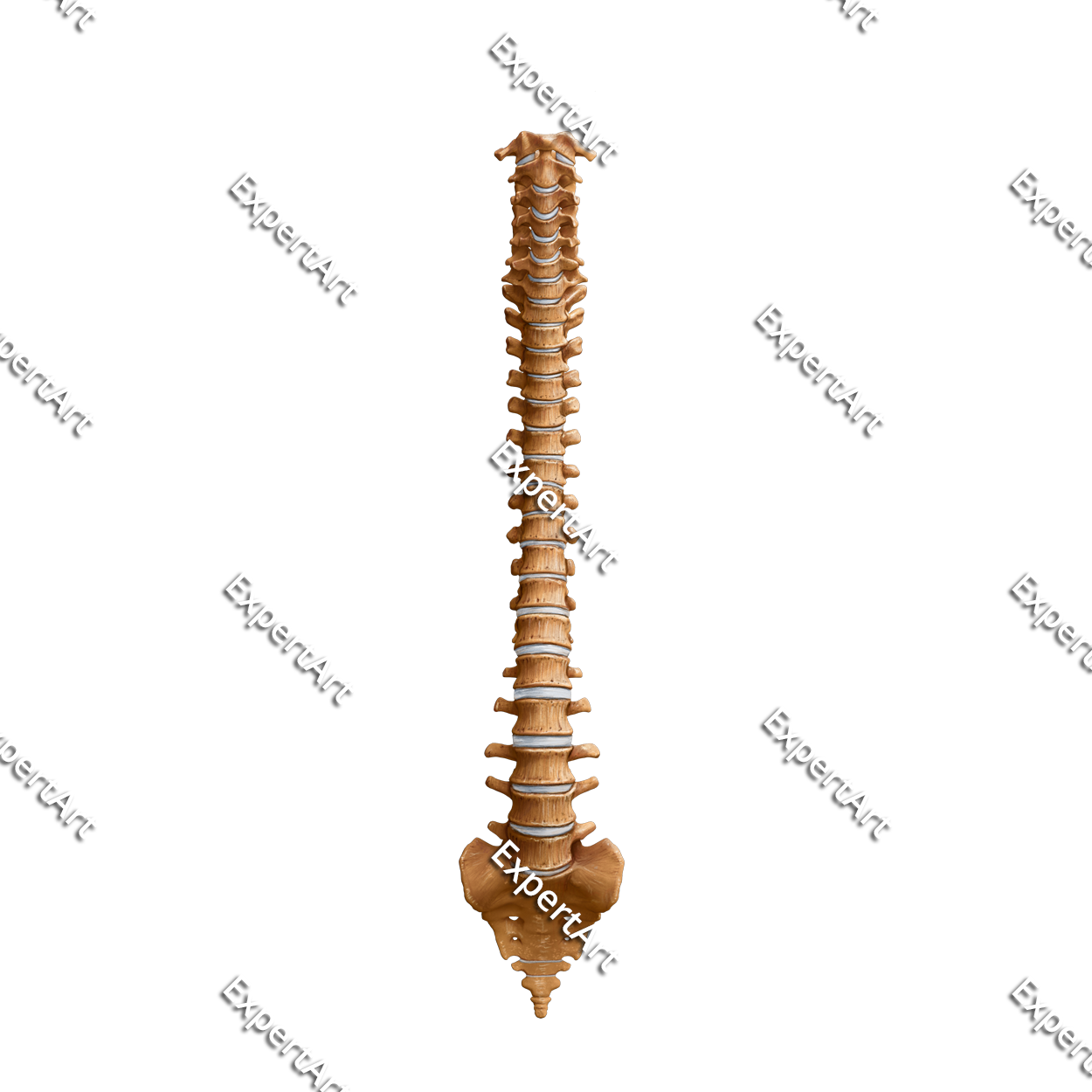
Spinal column
The spinal column is a structure that consists of thirty-three vertebrae. These can be divided into several regions namely the: Cervical spine: 7 vertebrae C1-C7; Thoracic spine: 12 vertebrae T1-12; Lumbar spine: 5 vertebrae L1-L5; Sacrum: 5 fused vertebrae S1-S5; Coccyx: 4 fused vertebrae that...
